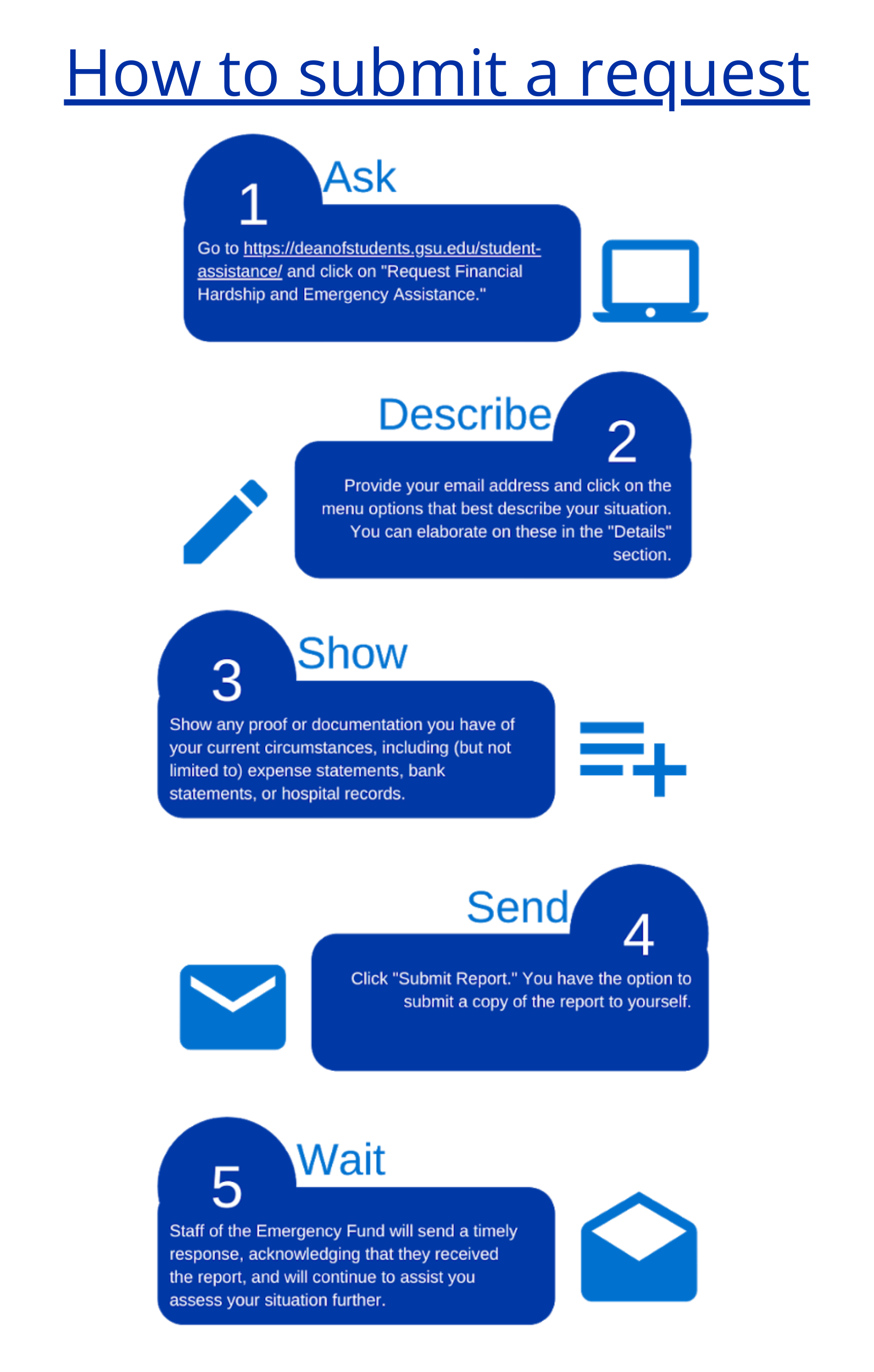
With COVID-19 threatening many students’ livelihoods, Dean of Students Michael Sanseviro is managing an emergency fund to help students affected by this crisis. Almost 400 donors have helped to raise over $85,000.
“The Office of the Dean of Students has a team that focuses on Student Assistance,” Sanseviro said. “[They work] collaboratively with many university partners to understand the hardships our students face and seek solutions both internal to [Georgia State] and through external community resources to support our students.”
The Office of the Dean of Students’ website states its mission is to build a culture of care through access, equity and inclusion.
“During this particularly challenging time, we have had to enhance our ability to serve students in a virtual way,” Sanseviro said. “To that end, we created an online Financial Hardship and Emergency Assistance application that any [Georgia State] student facing a significant hardship can complete.”
The Emergency Assistance Fund website launched on March 19, according to Panther Report News, which first broke the story. In two days, the fund reached $14,000 worth of donations from 100 donors.
Among the donors is Georgia State University President Mark Becker, who has donated at least $6,000 to the fund.
According to the initiative’s website, almost 60% of students come from low-income households. Though the exact source of this information is unknown, Sanseviro does say that “most information about student and family need derives from federal financial aid data.”
Students who need this emergency aid can fill out a form to request Financial Hardship and Emergency Assistance. They will have to volunteer information about their circumstances, including where they currently live, access to basic necessities such as food, ability to pay for expenses and the likelihood of eviction. They can elaborate on their circumstances in the “details” section of the form.
Students are also asked to submit documentation to prove that they live in these conditions, including bank statements, hospital records and expense statements.
“Whatever documentation students can provide to demonstrate their need, understanding the types of documents available will vary based on the circumstances of each situation,” Sanseviro said.
After submitting the form, students will be emailed for further assistance.
“Every student will get a timely response to acknowledge receipt of [the] application,” Sanseviro said. “Process time from there will vary depending on each individual student’s circumstances and needs.”
Requests will be decided on a case-by-case basis.
As of the morning of April 3, there have been 140 emergency fund requests, so the donor to request ratio is about 3-to-1. The cash-to-request ratio is about $607.15 per request.
The Office of the Dean of Students has created initiatives in the past to help low-income students, including the Embark Network, which connects students to a variety of services such as the Panther Pantry and Emergency Assistance.
But the Georgia State Emergency Fund is unique because it asks recipients to describe their condition on a single application. With this, the Office of the Dean of Students can “enhance the ways the university can best serve our students in need.”
If you wish to make a donation, you can do so on the Emergency Assistance Fund donation page.
Find the steps to submit a request for Financial Hardship and Emergency Assistance below:

